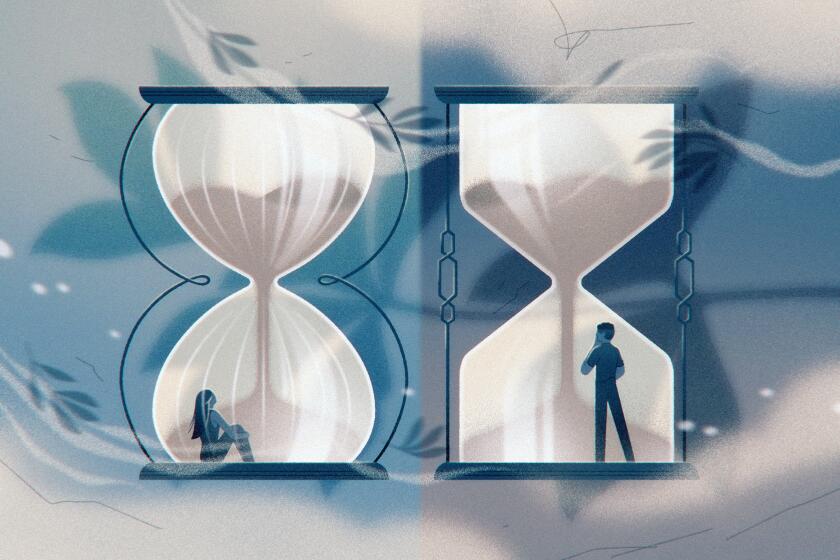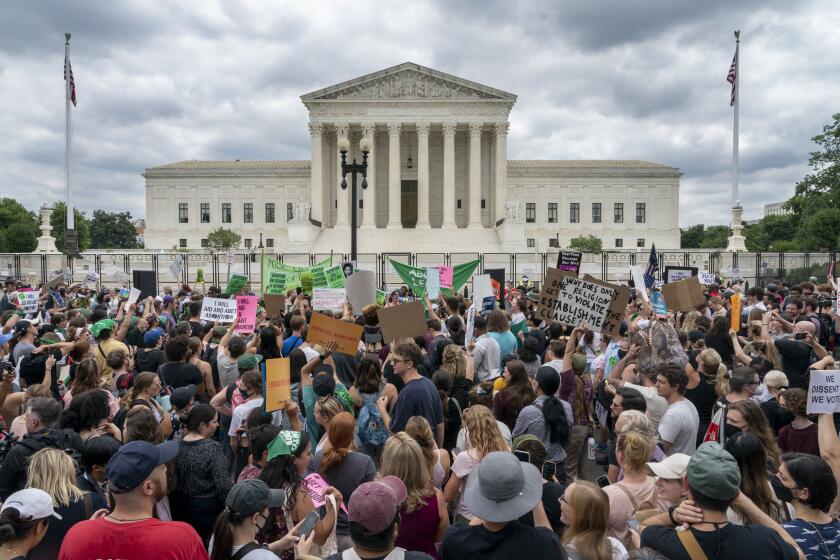Dispute in Medical Community Over Mammograms
For years, doctors have told women that regular mammograms save lives. Now a scientific dispute is seriously challenging that assertion--and forcing the National Cancer Institute to review its guidelines.
For now, the advice hasn’t changed: Women should begin getting mammograms in their 40s, NCI cancer prevention chief Dr. Peter Greenwald said Thursday.
As to whether the controversy will discourage some women from undergoing mammograms, he said, “I’m afraid that’s true.
“We’re going to take a look at this as efficiently as we can, but it is complex and will take some time” to settle, Greenwald said.
However, the government’s main cancer Internet site may be updated by spring to say it is not clear if mammograms save lives--an opinion that promises to create confusion. A group of independent scientists that advises the NCI and is responsible for updating scientific data on its Web site is drafting the wording now.
“That translates into, ‘You should not make the decision lightly,’ ” said Donald Berry of the M.D. Anderson Cancer Center in Houston. Berry is a member of the panel, called the PDQ editorial board. “It is something that a woman can reasonably choose not to do and not feel that she’s harming her health.”
Women in the U.S. undergo about 30 million mammograms a year. The breast X-ray long has been considered the best way to detect breast cancer, particularly early tumors.
Many cancer organizations--including the government’s cancer Web site--point to studies done in the 1970s and ‘80s that concluded mammograms can cut deaths from breast cancer by 30%.
But now two Danish scientists have reanalyzed those studies and have concluded that they had so many flaws in the way they were conducted that it’s impossible to say if mammograms really reduce deaths or not.
Their analyses--first published two years ago in the British medical journal the Lancet with a final, more in-depth look published in October--have sparked furious scientific debate. This week, the government’s cancer advisors took up the debate.
“What we’re seeing is that the thing we’ve believed for so long--that finding cancer early is good--may not be right,” Berry said. “It may be that when we find it either the cat’s out of the bag or not, and if we had delayed” the woman would have had the same outcome.
Other experts say that’s far from certain.
“The bulk of the evidence at this point continues to endorse mammography as a useful tool in potentially reducing one’s risk” of dying of breast cancer, said Dr. Robert Young, president of the American Cancer Society.
Aside from death, finding tumors when they’re smaller often can mean the difference between breast-conserving surgery or a mastectomy, he said.
Many of the abnormalities mammograms uncover turn out to be benign, causing unnecessary anxiety and additional testing. Also, better mammograms are uncovering more tiny tumors called “ductal carcinoma in situ” that aren’t invasive cancer and don’t always become life-threatening. Many experts think DCIS patients are over-treated, but there’s no way to tell in advance who will be endangered.
Some of the most provocative mammogram studies were performed by Swedish researchers who are being urged to release all their records so independent reviewers can check their data.
In Britain and some other countries where far fewer women get mammograms, studies are underway that might help answer how beneficial the testing is, Berry said.
And “it is quite conceivable” that in 10 years or so, scientists will have new tests that can tell if a mammogram-spotted tumor is truly life-threatening or a slow-grower, he said.



